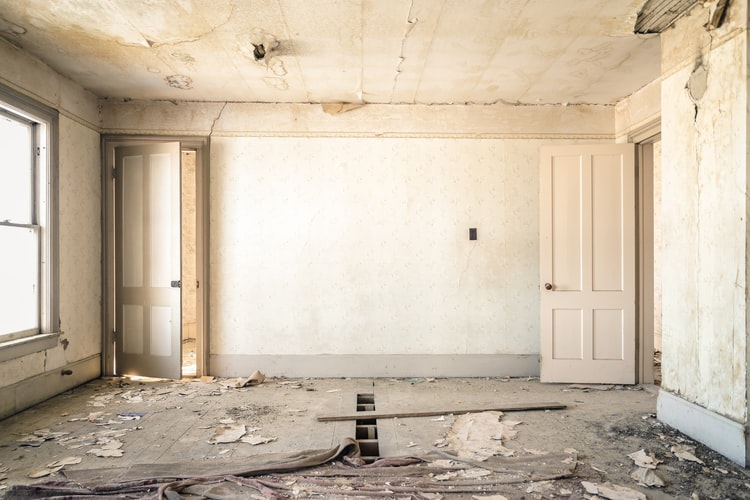Americans spend close to 90% of their time indoors, so it only makes sense that as needs change and expand, their homes should likewise adapt to their malleable lifestyles. The Zillow Group Consumer Housing Trends Report states that the typical American household spends a little over $3,000 per year on home improvements. Of course, that is just the average. Currently, home redistribution is all the rage, with open plan kitchens, for instance, gracing nearly every image of cutting-edge home design. A kitchen renovation alone, however, costs in the region of $23,914 or $150 per square foot. If you are interested in giving your home a new look, you will therefore need to either have a savings nest for this type of work, or come up with clever ways to raise additional funds.
Seeking Additional Sources of Income
If you divide up a $24,000 renovation into 12, you need to effectively save around $200 per month to be able to afford your renovation (without getting into debt) in a year’s time. One of the best ways to do so is to find an additional, part-time job. Working one night a weekend or a couple of days from home on a freelance basis can easily help you put together the monthly amount you need. Set up a separate account if possible just for your renovation, so you aren’t tempted to dip into this nest for shopping and other necessities (or luxuries!).
Suggested Reading:
Prosper Personal Loan Review (Updated for 2019)
203(K) REHABILITATION MORTGAGE INSURANCE
The relationship between consumer debt and mental health
The High Price of Debt: Household financial debt and its impact on mental and physical health
Financing a Renovation
If you prefer to set aside your savings to other areas such as investment, you may be considering a personal loan. When deciding if you are the right candidate for financing, lenders will look at factors like your credit score, income, and current debt load. Before committing to one financial institution or bank, compare various interest rates and loan types. One loan many homebuyers go for is Fannie Mae’s HomeStyle Renovation loan, which allows them to refinance their existing loan to pay for renovations. FHA 203(k) loans are also popular for renovations costing no more than $35,000. There are larger FHA loans for larger renovations, but you will need to hire a professionally qualified 203(k) consultant if you wish to go for this loan type. Personal loans, meanwhile, are a popular choice for those who do not wish to dip into home equity funds.
Honing Your Budgeting Skills
Before taking out a loan, the question remains – can you afford to fix your home by simply changing your spending habits? Finding additional income may not be necessary, but in order to find out if it is, it is crucial to use an app like Mint or Pocketguard to work out exactly where your money is going. These apps divide what you have spent into different categories, helping you easily identify what areas you can cut down on (if this is the case). Research conducted by OnePoll has shown that the average American spends $1,497 a month on non-essential items – which adds up to $18,000 per year – just about the amount you need for that new kitchen or bathroom. Where is this excess money going to? The survey showed that it is spent on everything from streaming services to gym memberships, dining out and enjoying gourmet coffee, and impulse purchases.
If you feel like your home needs a tweak to whiz it into your current state of mind, know that there are many options in terms of coming up with the required funds. From obtaining freelance work to taking out a 203(k) loan, there are options that you should ideally consult with a financial expert in order to find the most suitable. Personal loans are ideal if you wish to leave your home equity untouched, but a reshuffling of finances or stricter budgeting can be all you need to save the required amount in just a year.

